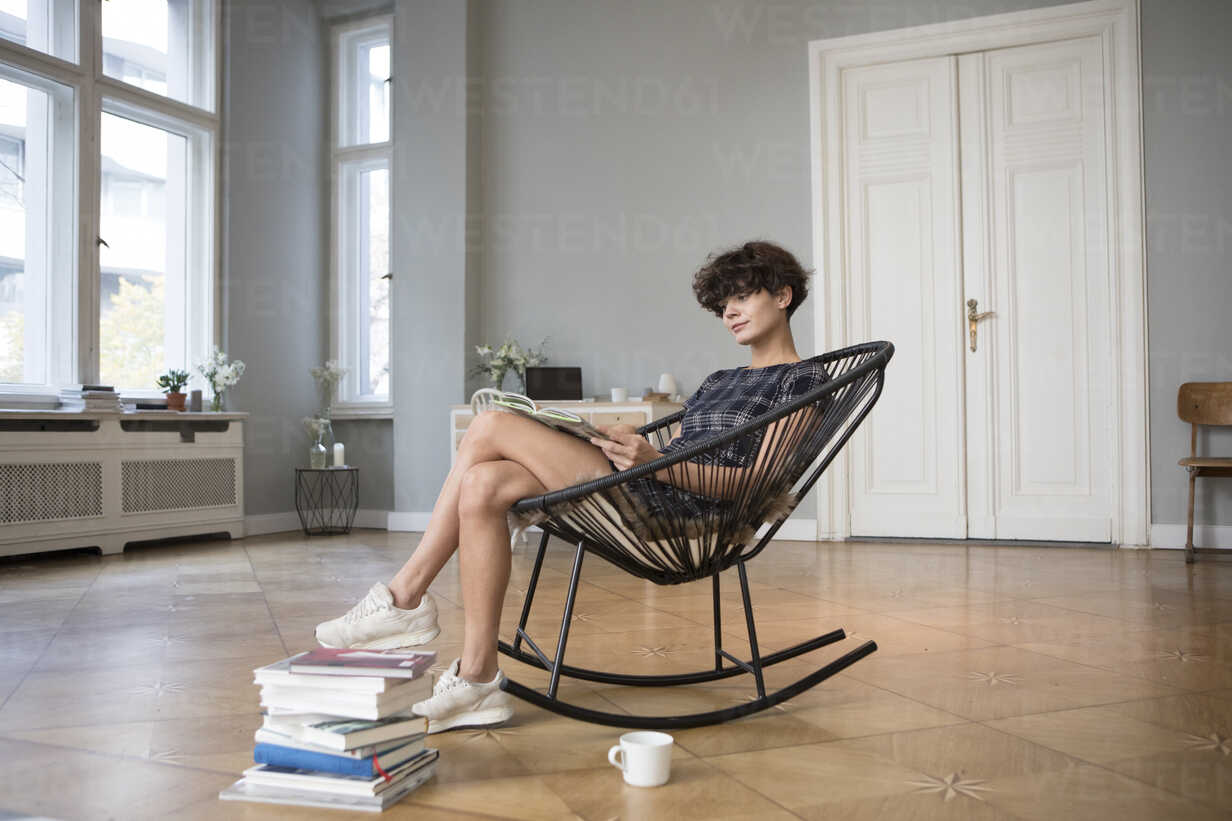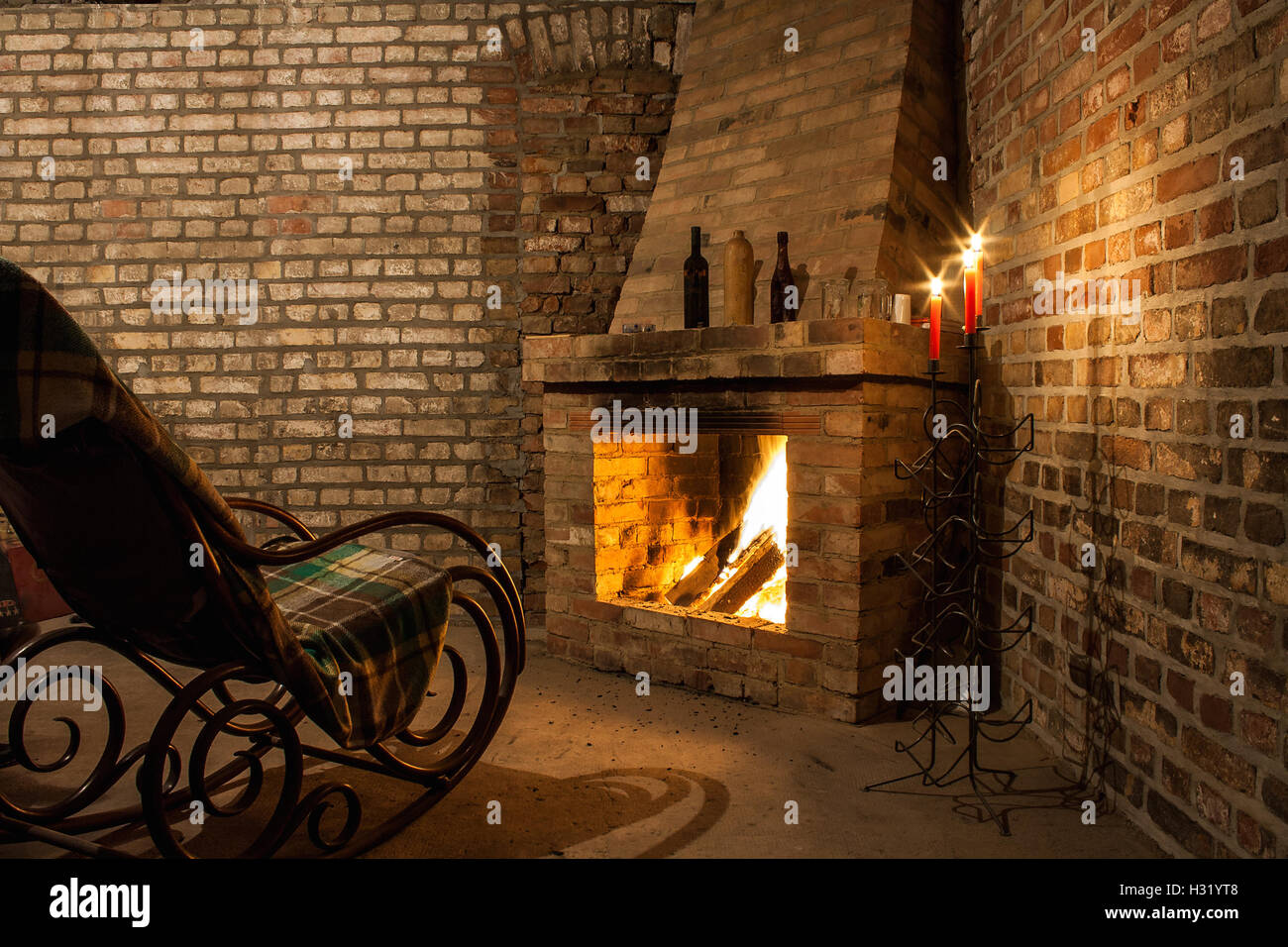The Symbolism of Plow and Hearth

The plow and hearth, two seemingly simple objects, have held profound symbolic meaning throughout history, representing fundamental aspects of human existence: sustenance and home. Their significance transcends cultural boundaries, reflecting the deep-seated human needs for food, shelter, and community.
The Plow: Symbol of Sustenance
The plow, a tool used to till the soil for planting, has been a cornerstone of agriculture since the Neolithic Revolution. Its invention marked a significant shift in human history, allowing for the cultivation of crops and the establishment of settled communities. This shift from hunter-gatherer societies to agricultural ones had a profound impact on human civilization, enabling the development of complex societies, the rise of cities, and the advancement of technology.
The plow, therefore, symbolizes the human capacity to harness nature for survival and prosperity. It represents the hard work, dedication, and ingenuity required to produce food and sustain life. Its connection to the earth and the cycle of growth and harvest makes it a potent symbol of fertility, abundance, and the enduring human connection to the natural world.
The Hearth: Symbol of Home and Family
The hearth, the central fire place in a home, has been a focal point of human life for millennia. It provided warmth, light, and a place to cook and gather. The hearth’s warmth and light symbolized safety, security, and the comfort of home. It served as a gathering place for families, fostering a sense of community and belonging.
Beyond its practical functions, the hearth held significant symbolic meaning. The fire, representing life and energy, was often seen as a sacred element, embodying the spirit of the home and family. The hearth was also a place for storytelling, rituals, and the transmission of cultural knowledge, further strengthening its connection to family, tradition, and continuity.
The Plow and Hearth: Gender Roles and Symbolism
Traditionally, men were often associated with the plow, representing their role as providers and protectors. The act of plowing, demanding physical strength and skill, was seen as a masculine endeavor. Women, on the other hand, were typically associated with the hearth, representing their role as nurturers and caretakers. The tasks of cooking, tending to the home, and raising children were seen as feminine responsibilities.
While these traditional roles have evolved in modern societies, the symbolic association of the plow with masculinity and the hearth with femininity remains influential in many cultures. These symbols reflect the historical division of labor and the societal expectations placed upon men and women.
The Plow and Hearth: Cross-Cultural Symbolism
The symbolic meanings of the plow and hearth are found in various cultures around the world, reflecting their universal importance in human life.
| Symbol | Cultural Context | Symbolic Meaning |
|---|---|---|
| Plow | Ancient Egypt | Fertility, abundance, and the power of the gods |
| Plow | Ancient Greece | Prosperity, hard work, and the cycle of nature |
| Hearth | Native American cultures | Center of the home, warmth, and spiritual connection |
| Hearth | Medieval Europe | Family, tradition, and the heart of the home |
These examples illustrate the universality of the plow and hearth as symbols of sustenance, home, and the fundamental human needs they represent.
The Rocking Chair as a Symbol of Comfort and Reflection

The rocking chair, a seemingly simple piece of furniture, transcends its practical purpose to become a potent symbol of comfort and reflection. Its gentle rhythm and familiar form evoke feelings of peace and introspection, making it a cherished fixture in homes and a recurring motif in literature and art.
Physical and Emotional Comfort
The rocking chair’s design inherently promotes physical comfort. The gently swaying motion provides a soothing sensation, akin to being cradled. The curved backrest and armrests offer support and encourage relaxation. This physical comfort extends to the emotional realm, creating a sense of security and well-being. The rhythmic rocking motion can induce a state of calm, helping to ease anxiety and promote relaxation.
Rocking Chairs in Traditional Settings
Rocking chairs have long been a staple in traditional settings, particularly in rural America. On porches and verandas, they served as gathering places for families and communities. The rocking chair’s gentle rhythm provided a comforting backdrop for conversations, storytelling, and quiet contemplation. The rocking chair was often associated with wisdom and experience, as older generations would sit in their rocking chairs, sharing stories and imparting knowledge to younger generations.
Rocking Chairs and Reflection
The rocking chair’s rhythmic motion and gentle swaying create a conducive environment for reflection. The repetitive motion can induce a state of mindfulness, allowing thoughts to flow freely and fostering introspection. The rocking chair’s association with traditional settings and family gatherings also contributes to its role in contemplation. It serves as a reminder of past experiences and cherished memories, prompting reflection on the past, present, and future.
Visual Representation of a Rocking Chair
A visual representation of a rocking chair embodying comfort and reflection could depict a weathered wooden rocking chair, its surface smooth and worn from years of use. The chair is positioned on a porch overlooking a tranquil landscape, perhaps a rolling field or a serene lake. The rocking chair’s gentle motion is captured in a soft, blurred background, suggesting a sense of peace and tranquility. The chair’s form is simple and elegant, emphasizing its timeless appeal and its role as a symbol of comfort and reflection.
The Interplay of Tradition and Modernity: Plow And Hearth Rocking Chair

The plow and the hearth, once central to agrarian societies, continue to hold symbolic significance in the modern world, albeit in a transformed context. Their enduring presence reflects the interplay between tradition and modernity, where the past informs the present and shapes our understanding of the future.
The Evolution of Plow and Hearth in Modernity
The plow and the hearth have undergone significant transformations in their use and meaning in modern societies. While they remain symbols of sustenance and domesticity, their role has been redefined by technological advancements and societal shifts.
- The Plow: In traditional societies, the plow was an essential tool for agriculture, representing the connection between humanity and the land. The act of tilling the soil was a labor-intensive process that demanded physical strength and skill. Today, the plow is largely mechanized, with tractors and other machinery replacing human labor. This mechanization has increased efficiency and productivity but has also led to concerns about the environmental impact of intensive agriculture. While the plow may no longer be a ubiquitous tool in modern society, it remains a symbol of agricultural production and the relationship between humanity and nature.
- The Hearth: In the past, the hearth was the center of the home, providing warmth, light, and a place for cooking and gathering. It symbolized family, community, and the act of nurturing. Modern homes have largely abandoned the open hearth in favor of central heating and modern kitchens. However, the hearth remains a powerful symbol of home and family, often represented in contemporary design through fireplaces and other decorative elements. The hearth’s enduring appeal lies in its ability to evoke feelings of comfort, security, and connection.
The Rocking Chair: A Symbol of Comfort and Reflection
The rocking chair, a traditional symbol of comfort and reflection, has also undergone a transformation in modern design. While traditional rocking chairs are often associated with simplicity and rustic charm, contemporary rocking chairs exhibit a wider range of styles, materials, and functionalities.
- Traditional Rocking Chairs: Typically made of wood and featuring a simple, curved design, traditional rocking chairs are often associated with comfort, relaxation, and a sense of nostalgia. They are often found in homes with a rustic or farmhouse aesthetic, adding a touch of warmth and history to the space.
- Contemporary Rocking Chairs: Modern rocking chairs showcase a wider range of styles, from sleek and minimalist to bold and eclectic. They are often made from materials like metal, plastic, and fabric, and incorporate features like adjustable backrests, built-in footrests, and even integrated lighting. These modern interpretations of the rocking chair retain the core concept of comfort and relaxation while embracing contemporary design aesthetics.
Modern Interpretations of Plow, Hearth, and Rocking Chair, Plow and hearth rocking chair
The plow, hearth, and rocking chair continue to hold symbolic significance in a modern context, albeit in a more nuanced and layered way. They are often incorporated into contemporary art, literature, and design, reflecting the enduring power of these symbols to evoke feelings of nostalgia, comfort, and connection.
- Art: Contemporary artists often use the plow, hearth, and rocking chair as metaphors for themes of tradition, modernity, and the human condition. For example, a sculpture of a rusted plow might represent the decline of rural life and the rise of industrialization, while a painting of a modern rocking chair might evoke feelings of isolation and contemplation.
- Literature: Writers often use the plow, hearth, and rocking chair as symbolic elements in their narratives, exploring themes of family, home, and the passage of time. A story set in a rural community might feature a character who finds solace in the rocking chair on their porch, reflecting on the changing landscape of their world.
- Design: Contemporary designers often incorporate elements of the plow, hearth, and rocking chair into their work, creating a sense of nostalgia and comfort. For example, a kitchen might feature a fireplace that evokes the warmth and coziness of a traditional hearth, while a living room might include a modern rocking chair that offers a comfortable space for relaxation.
Plow and hearth rocking chair – The sturdy, hand-crafted Plow & Hearth rocking chair, a timeless symbol of comfort and relaxation, evokes a sense of nostalgia. While the design often mirrors the classic adult rocking chair, a smaller version, the kids spindle rocking chair , allows children to experience the same comforting sway.
This mini version, often featuring intricate spindle backs, adds a touch of charm to any nursery or playroom, allowing the next generation to cherish the same comforting experience.
The Plow and Hearth rocking chair, with its simple design and sturdy construction, embodies the spirit of rustic charm. This enduring style finds its counterpart in the elegant antique swan neck rocking chair , showcasing a more refined approach to rocking comfort.
Both, however, share a common thread – the timeless appeal of handcrafted furniture that invites relaxation and reflection.